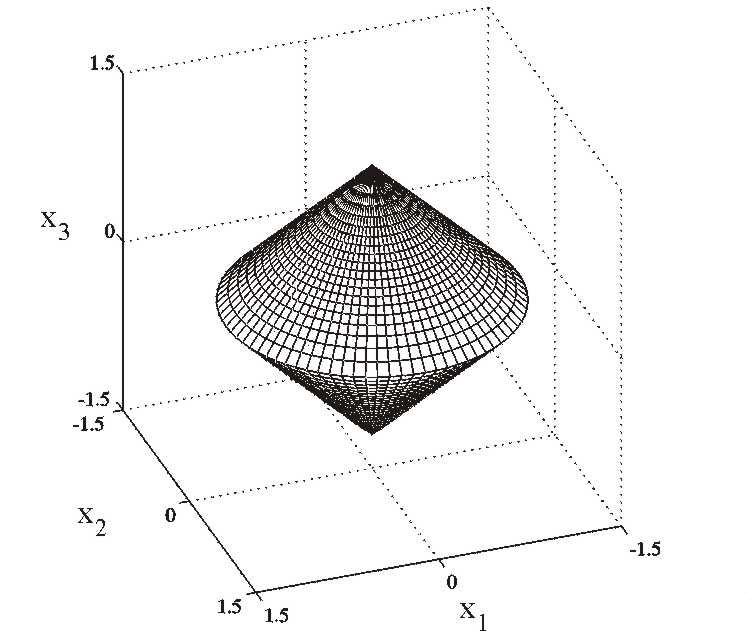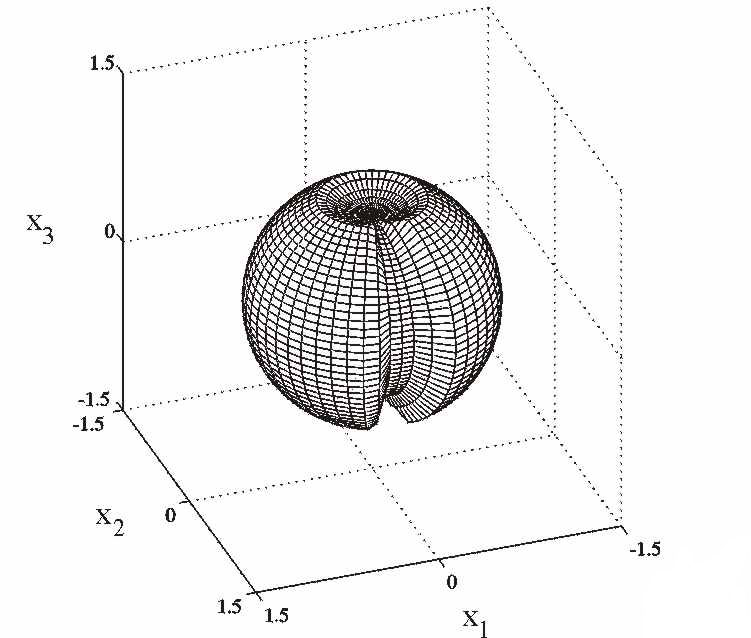Warning: To see the virtual reality animations we reccomend to use at least the following resources:
- screen resolution: 1024 x 768 - video adapter: 8Mb - processor: Pentium II or equivalent
We suggest the following VRML clients:
| Windows | Mac | UNIX/Linux | |
| Cortona | X | X | |
| Cosmo Player | X | X | |
| OpenVRML (Under Developement) | X | ||
| FreeWRL (Under Developement) | X |
Note that in a Unix/Linux environment the clients OpenVRML and FreeWRL allow the visualization of the virtual objects but not the visualization of the virtual scenes.
We propose two animations involving the following two obstacles:
 |
Double Cone (virtual object): VRML visualization |
Animation 1: Double Cone (gif file)
 |
Excavated Sphere (virtual object): VRML visualization |
Animation 2: Excavated Sphere (Virtual scene: VRML file)
Animation 3: Excavated Sphere (Virtual scene: VRML file)
Acknowledgment: It is a pleasure to thank Mr. Adriano Tittarelli of Università di Ancona for the really helpful assistance in the realization of the virtual reality applications contained in this website.